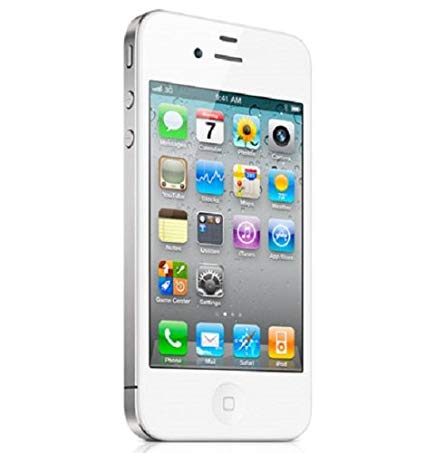Capitalizing on its software and hardware advances.
In an end-of-2019 piece I wrote:
“I have had two transformative iPhone experiences – in 2007 when I bought iPhone 1 on the day it became available, and this year when I bought the iPhone 11 Pro which will change the photography hardware landscape permanently. All of the big makers will be gone in a few years. The iPhone’s camera is an order of magnitude better, doing things the clumsy SLR offerings can only dream of. The remaining reasons to buy clunky gear are that you need high definition from really long lenses – a couple of guys at Nat Geo – and because showing up at the Vogue studios with an iPhone to snap today’s supermodel just does not earn machismo points.”
So should Apple make a stand alone camera?
Apple has made a stand alone camera before. That was in 1997 and sensors were not up to much and, face it, the product looked like a door stop.
But now, with computational software making bad images great, with image quality rivaling that from big, clunky gear, and Sony’s superb lenses and sensors in the iPhone 11 Pro, is it not time for Apple to capitalize on its imaging prowess and make a true camera?
I no longer think this make sense. No one who has used the latest iPhone as a camera wants to revert to interchangeable lenses and all the bulk and weight of the traditional digital body. When you have computational photography working for you, a feature missing from every stand alone camera out there, who needs the clutter of lenses and gadget bags? Heck, even tripods are passé. On the other hand, most serious snappers using the iPhone will confirm that its ergonomics are pretty awful. There is a total absence of physical buttons and dials with all those satisfying, confirming clicks, and gripping the thing steadily – and keeping digits out of the way of the ultra wide lens’s field of view – is not easy. However, I do not think that Apple is about to return to physical controls in its pocket devices any more than it is likely to add a mechanical keyboard to the iPhone.
No, there’s lots of room for ergonomic improvement within the constraints of the iPhone’s small size and now, with chief designer Jony Ive no longer with the company, I expect that ergonomics will improve fast. Ive confused svelte with easy to use and his obsession with light weight and looks resulted in devices increasingly hard to hold and with mediocre battery life. A minuscule increase in thickness in the iPhone 11 fixed the battery life issue for good – good for a day of really hard use with ease – and I expect that the iPhone 12 will revert to the square sides design of the magnificent iPhone 4.

The iPhone 4 of 2011.
Aperture wheel? Not needed, as each image is stored with a depth map, allowing depth of field to be adjusted in post processing. Shutter speed wheel? Nah. With OIS shutter speeds don’t matter a whole lot and in action images burst sequences allow the best image to be easily chosen. Point of best exposure? Just touch the screen. So after much use of cameras in the iPhone I am coming around to concluding that the desire for physical controls is so much refusal to adapt and change. All that’s needed is a carcass design which allows this slippery-as-an-eel device to be held with solid purchase for the fingers. You know, like that iPhone of a decade ago.
Plus who wants a stand alone device robbed of all the functionality of the regular iPhone?
P.S. Apple – a longer fourth lens would be nice!